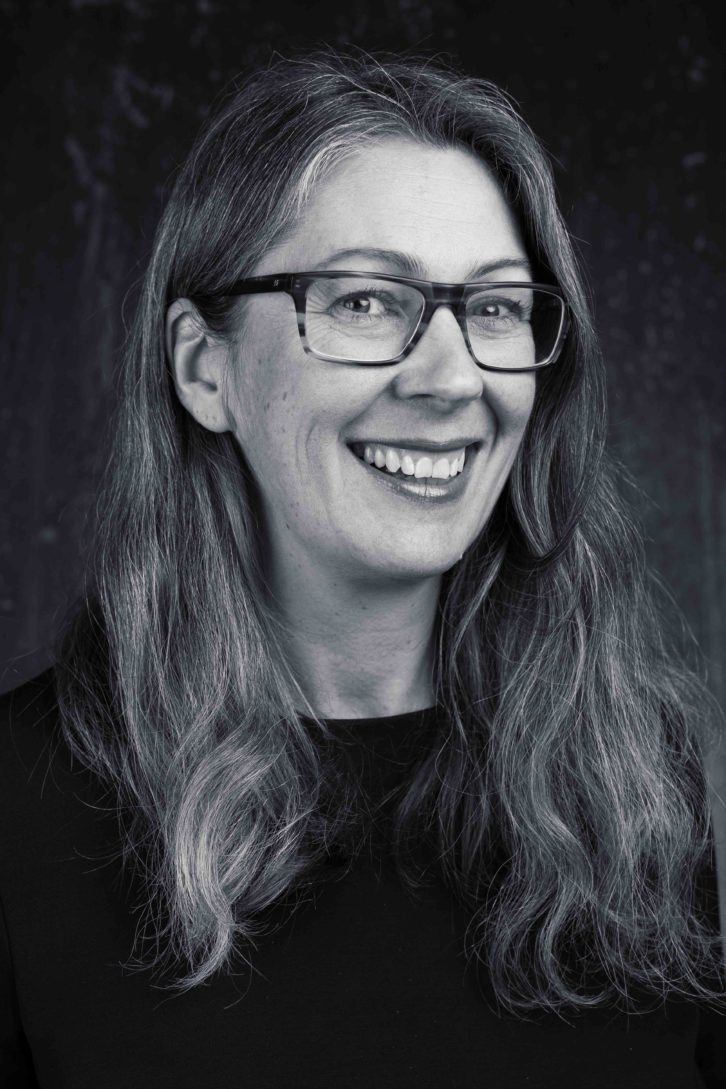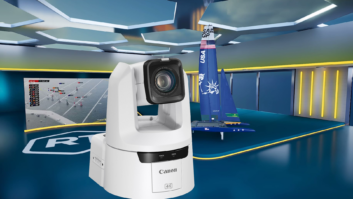Canon is the official imaging supporter at this year’s Commonwealth Games, which means its supporting the event across multiple areas, including broadcast.
The company’s technology is playing a crucial role in the capture and broadcast of the event. Its CJ15ex4.3B and UHD-DIGISUPER 111 (UJ111x8.3B) box lenses are being used by a range of rental companies to deliver 4K image quality at events such as the gymnastics, lawn bowls and netball.
According to Tracey Fielden, recently appointed country director, Imaging Technologies and Communications Group (ITCG) at Canon UK and Ireland, the spirit of the Games matches perfectly with Canon’s own philosophy. “The Games are trying join people together and create inspiration and a future for the younger generation,” she tells TVBEurope.
“That’s at the heart of what Canon has always been about. Canon’s Kyosei, for example, that philosophy that we all inhibit, is living and working together for the common good. So when the Commonwealth Games approached us about the sponsorship, we had an immediate affinity with what they wanted to achieve and what we already feel we do as an organisation on a daily basis. There were great synergies there.”
Key to Canon’s involvement is the opportunity to help engage with the next generation of not just athletes but creatives as well. “We’ve been working The Young People’s Programme and part of that is to use imaging technologies and printing technologies to unlock creativity within the younger generation,” adds Fielden. “We ran five school programmes over the course of the last month in Birmingham where we’ve worked in conjunction with the United Nations’ Sustainable Development Goals, and we’ve set briefs around coming up with creative output or a creative media campaign using our cameras and technology.

“That’s among the grassroots things that we’re doing to try and marry some key topics and trends that are very important to us, and give the younger generation the tools to do that. I’m really proud of that,” she states.
Innovation is also a core focus (excuse the pun) for Canon, who have been developing their BCTV lenses for over 60 years. “As we innovate in our technology space for broadcasters, it’s about creating a lighter form factor, because obviously, there’s perils of holding big camera equipment,” explains Fielden. “But it’s also looking at that quality and looking at the resolution and the impact and creating more vivid footage so that spectators and viewers get crystal sharp images.
“We’re looking at the system, we’re looking at the processor, we’re looking at the lens, but more importantly for Canon, we’re trying to look at it as an ecosystem. It’s the sum of the parts rather than the individual components.”
While Canon has continued to support the UK’s film and TV industries throughout the pandemic with high-end cameras, one area where they’re seeing a lot of traction is with pan, tilt and zoom (PTZ) cameras. “We did a multi camera-operation where we looked at PTZ cameras along with some of our cinema EOS cameras and our broadcast equipment, and created a holistic multicam operation to enable our customers to still film remotely in the highest quality with as little intervention as possible,” continues Fielden. “We’re investing in that technology more for the future so expect to see more from us.
“From a broadcast perspective, we continue to evolve and to innovate. Earlier this year, we launched the UHD DIGISUPER 122 AF, and again, that was in response to what customers need around better processing power, but also better quality resolution. We’ve had a number of firmware updates as well. It’s not just about new technology, but it’s also about enabling some of our customers who have older equipment to benefit from some of the newer technologies’ gains ,and by doing firmware updates we can kind of bring them on on par.
Fielden continues: “If I look at some of our broadcast partners, we have a healthy pipeline, which is always good. And if I look at our BCTV figures and our pro-video numbers, they’re up on last year. So that tells me from the sales perspective that we’re doing well, and and that the demand is there. The UK has got a massive opportunity, we are this creative media hub, we’re seen as leading within Europe.”
Many of Canon’s recent launches have been around 4K. That’s because the company is currently concentrating on Ultra High Definition. “We’re looking at the definition if I’m honest, more than 4K or 8K,” says Fielden. “We’re looking at all three components, whether you’re talking camera, lenses, or display. By utilising all those components together, we feel that you’ll get the best resolution and UHD quality at the end.
“Some of the lenses that we’ve already launched have the potential and capacity to reach 8K. The EOS R5 C camera we launched recently is our first full frame camera with 8K. From an 8K perspective, it’s on our radar. We’ve already started to launch some products to address it. But particularly within the broadcast space, we’re more focused on the components and how they work together to provide a better output, whether you’re looking at clarity of control, processing power, or display output. At the moment, that’s where the our focus is.”







